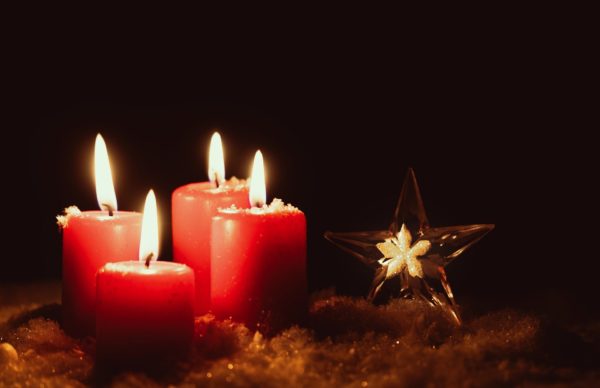by Noella Noelophile®
Very honestly, I didn’t expect to like Netflix’ 2022 version of Scrooge: A Christmas Carol.
Much less love it.
But by the time this reimagined animated version, scripted by the late Oscar-winning composer, playwright and lyricist Leslie Bricusse, introduced Old Fezziwig, I was as won over as the original “Bah, humbug” utterer himself.
The strengths of the film are both in its storytelling and the new kinds of “music” it introduces.
Leslie Bricusse has explored areas which other versions of the Charles Dickens classic tend to ignore: the backstory.

(Royalty-free image by Diana Parkhouse from Pixabay.)
Why did Scrooge leave Old Fezziwig’s employ? What, in his past, finally convinced Belle to break their engagement? And what is an average workday like for the mean old miser, when he isn’t in his counting house? All of these get explored in this new version of Charles Dickens’ classic story.
The new “music”? Animation effects.
While incorporating 3D animation effects which were not possible, even twenty years ago, Scrooge: A Christmas Carol never gets lost in its own special effects. The production team appears to have had a lot of fun, re-imagining the story with new characterizations. Especially fun is the ghost of Past, a shapeshifting candle, as well as the herd of sprites that accompany Present. Plus, there’s the graveyard scene–with a gooseflesh-raising climax that fits right into the action while using 2022 technology.
And one of the movie’s best funny lines occurs when Scrooge balks at accompanying the second ghost on a look at Christmas present.
“But we did a whole song and everything!” the ghost protests.
Speaking of which–the songs. You’ll recognize several of them from the 1970 Scrooge film, starring Albert Finney. And with good reason–most of those were also written by Leslie Bricusse, whose other compositions include “Pure Imagination” from Charlie and the Chocolate Factory.
Incorporated into this new animated retelling, these songs not only have held up over the past fifty years (wow, doesn’t seem possible!)–they shine. There are also some new ones, which are highly enjoyable and fit perfectly with the spirit (spirits?) of the film.
In addition, the cast, including the guests at Scrooge’s nephew’s party, is now multicultural–a gentle reminder that our society is richer due to being composed of people from all over the world.
And there’s also a great addition to the story, about which I’d always wondered when seeing the 1970 Scrooge. I won’t ruin it here! Suffice it to say that character’s reactions–including Scrooge’s–are completely believable during the climax scene in the graveyard.
Now, what elements of Scrooge: A Christmas Carol took some getting used to, for me?
Well, for one thing, the Scrooge character is handsome and distinguished–though every bit as mean as Dickens’ original. Which is a real departure from most portrayals.
So is the fact that in this particular film, Scrooge has a pet. A dog, Prudence, left to him by his late partner, Marley–and he’s actually kind to her.
Perhaps what I missed the most, though, is the moment between Scrooge and his nephew when the miser declines yet another Christmas invitation. In the original, Scrooge demands to know why his nephew got married–and is flummoxed by the simple answer, “I fell in love.” Having that moment in this version of Scrooge would have been fun.
But, all of those are minor quibbles that don’t even rate a “3” on the “Bah, humbug” scale. Scrooge: A Christmas Carol is a clever and fun update which may just interest the next generation in reading Dickens’ original.
There’s also a heartwarming dedication at the end to Leslie Bricusse, who passed away unexpectedly in 2021. Scrooge: A Christmas Carol, along with his earlier musical works that have brought joy to innumerable movie viewers, is the final chapter in his legacy.




